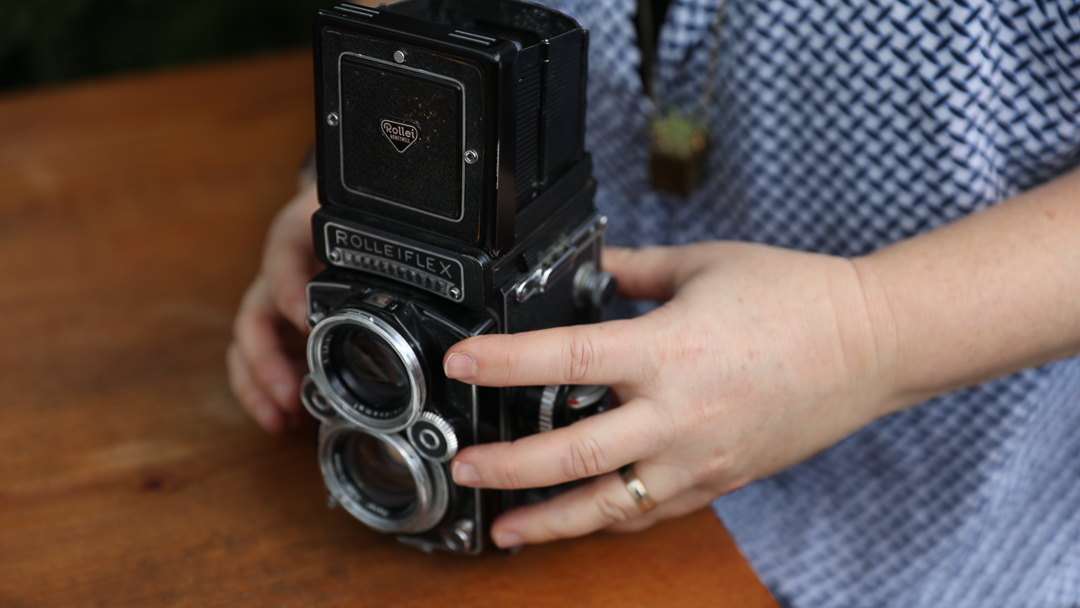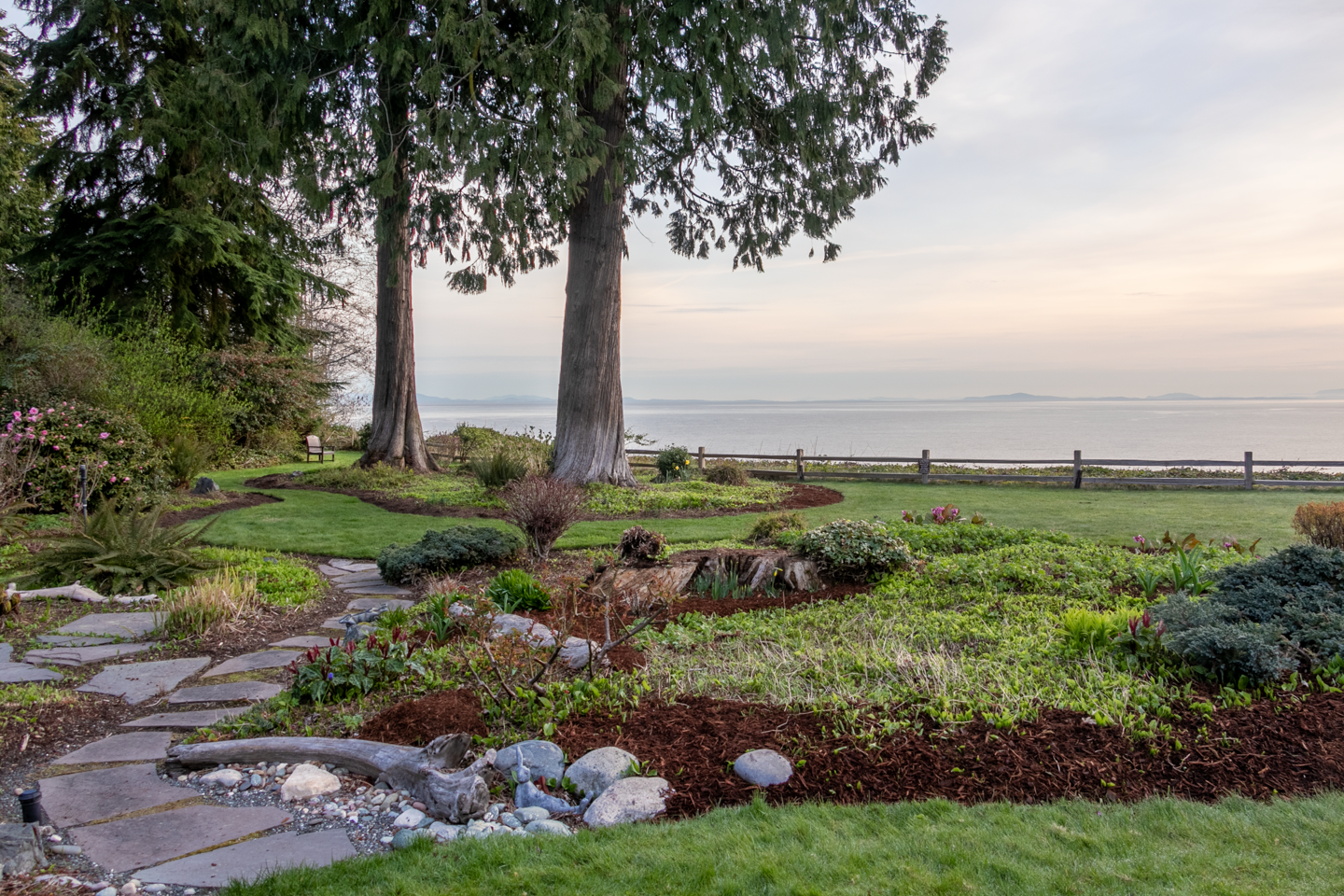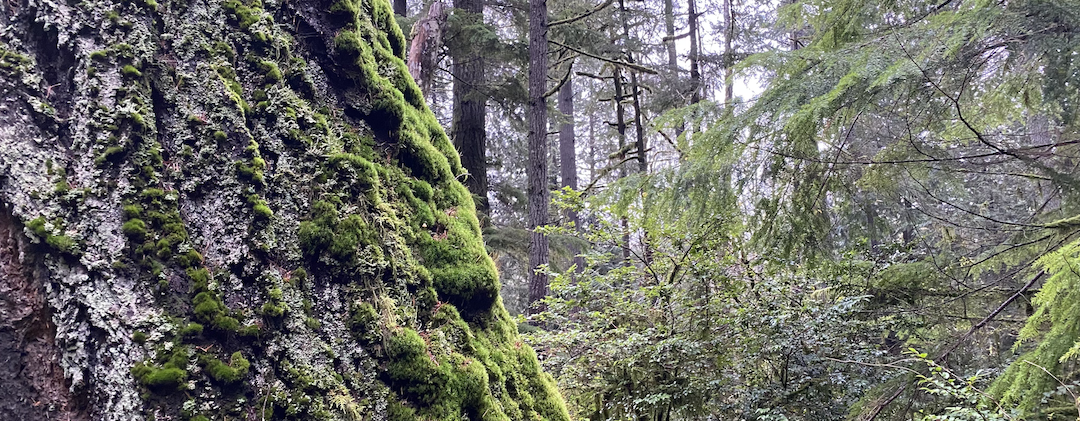One image three ways
In the early days of on-demand television, my husband and I watched a lot of cooking shows, and the chefs would produce elaborate plated variations of ‘the potato‘, or whatever challenge vegetable presented to them. With one simple ingredient they could produce multiple flavors from humble fish-and-chips to sophisticated au gratin recipes.
I argue that we’re wasting a lot of time trying to create three different types of content to serve many masters from Instagram to our websites, when we could carve up a perfect image and serve them to the right audience, with a minimum of effort.
Secret Kitchen Tool: the image editor
I went into the forest on the way home this morning, and took a few snapshots of this magnificent tree, all covered with moss. Snapshots, mind you, with my phone. Nothing fancy here.





